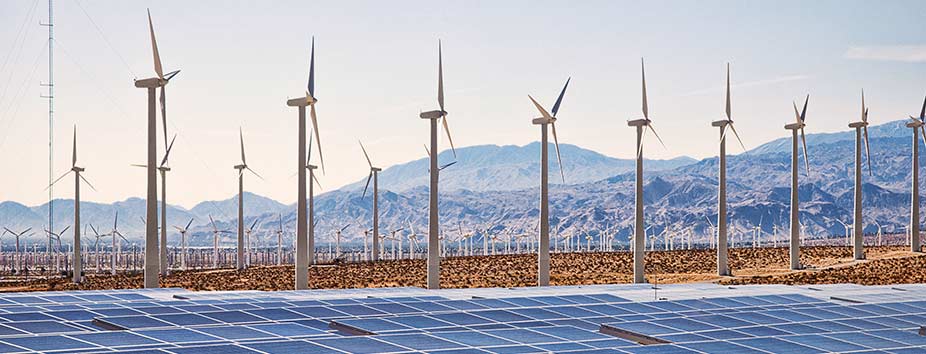$8.5bn lent to climate change solutions, and we’re just getting started


29 May 2018
2018 marks a decade since we released our first climate change position statement. Since then, we have continued to broaden and deepen our action to address what we have long recognised is one of the most significant issues facing our way of life.
Our 2018 interim results capture the progress we’ve made in embedding climate change into our strategy, governance arrangements, risk frameworks and targets.
Highlights include:
“It’s encouraging to see the commitments we’ve made translate into action as we continue to support the transition to a low carbon economy,” said Siobhan Toohill, Group Head of Sustainability at Westpac.
And we’re just getting started.
Westpac has a long term lending target of $25 billion to climate change solutions by 2030 – a sign of our commitment to help businesses and individual customers respond to this challenge.
We’ve also committed to grow our climate-related financial reporting in line with our support for the Task Force on Climate-related Financial Disclosures (TCFD). Our interim results, released this month, provided TCFD-aligned data in our financial statements for the first time.
Governance
The highest level of direct responsibility for climate change at Westpac Group lies with the Board. Our third Climate Change Position Statement and 2020 Action Plan (PDF 3MB) was approved by the Group Executive and the Board in 2017. It covers the management of our direct carbon footprint, criteria to manage the carbon impact of lending to emissions intensive sectors, measuring and reporting of performance, and the incorporation of climate change considerations into the Group’s risk management framework.
Strategy
As well as our Climate Change Position Statement and 2020 Action Plan, our 2018-2020 Sustainability Strategy (PDF 2MB) describes our climate change strategy and an enhanced approach to financing emissions intensive sectors.
Risk management
We apply the same rigour in managing climate change as in any other transformational issue facing the economy. We examine the policy, legal, technology and market changes related to climate change (‘transition risks’), and the financial impacts of changes in climate patterns and extreme weather events (‘physical risks’). More information is available in our climate scenario analysis work (PDF 5MB).
Metrics and targets
Metrics |
Half Year 2018 performance |
$10 billion available for lending and investment in climate change solutions and environmental services by 2020 |
$8.5 billion lent to climate change solutions and environmental services |
$3 billion in facilitation in climate change solutions by 2020 |
$1.7 billion issuance of climate-related bonds |
Aim to reduce the emission intensity of our power generation portfolio to 0.30 (tCO2e/MWh) by 2020 - Australia |
0.36 (tCO2e/MWh)1
|
Energy mix of electricity generation exposure (WIB only) |
72% renewable versus 28% non-renewables – a change from 45% renewables and 55% non-renewables in 2011.
|
Fossil fuel extraction (TCE) |
Lending to oil, gas and coal represents just 0.4% of the Group’s total committed exposure (TCE) of $1.0 trillion |
Total Scope 1, 2 & 3 emissions (tCO2e) |
203,065 tCO2edown from 244,290 tCO2e in 2015. |
More about our approach to climate change
Our Principles |
Our Actions |
1. A transition to a net zero emissions economy is required |
1. Provide finance to back climate change solutions |
2. Economic growth and emissions reductions are complementary goals |
2. Support businesses that manage their climate-related risks |
3. Addressing climate change creates financial opportunities |
3. Help individual customers respond to climate change |
4. Climate-related risk is a financial risk |
4. Improve and disclose our climate change performance |
5. Transparency and disclosure matters |
5. Advocate for policies that stimulate investment in climate change solutions |
Related reading